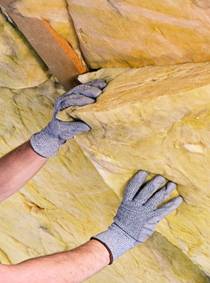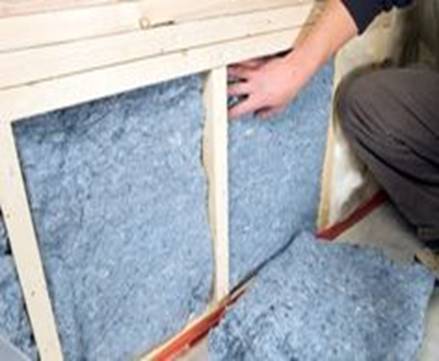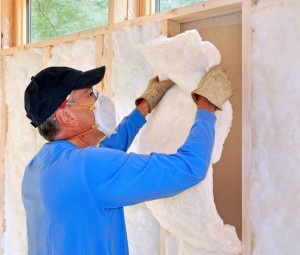Insulation Plan for Energy Efficient Home
by Mark Row
 The Never Ending Struggle for Energy Efficiency
The Never Ending Struggle for Energy Efficiency
If you are planning on building a new home, there are a few additional things that need to be considered if you really want to do the job right. Namely, in the era of never ending struggle for energy efficiency, now is the perfect time to think about other things than just your interior design, location or the size of your living space. Basically, what we are trying to say is that you need an insulation plan for energy efficient home. This will include taking into account many factors and may not be that easy and simple but will have many benefits for your household, some of them which will be easy to measure in only a few years to come. Adding proper insulation to your home is as important as choosing the most adequate, stabile and durable construction material because these often complement each other. For example, you may opt for concrete or some type of metal if you are looking for resistance and stability, but you will additionally have to protect it from constant and common temperature changes throughout the year. This can be done by adding some energy efficient insulation material to your walls, floors, ceilings, or basement and loft spaces. Although this will initially increase your construction costs, the investment will pay itself off in the years to come, which is best shown through lower electricity bills and corresponding money savings.
If you are wondering how much will you actually be able to save upon weatherizing your home, this data given by the Energy Saving Trust on estimated savings, may persuade you that insulation is a necessity:
- proper loft insulation (from 0 to 270mm thick) can help you save up to £180 per year and will pay for itself for the time of up to two years;
- cavity wall insulation can help you save up to £140 per year, and will pay for itself for the time of under four years;
- internal solid wall insulation can help you save up to £460 per year, while external solid wall insulation can help you save around £490 per year;
- timber floor insulation can help you save around £60 per year, while only adding insulation between the skirting board and the floor can save you around £60 per year.

Although probably the most important, this is not the only benefit of having a solid insulation plan, since it can also help you reduce the harmful emissions impact on the environment by lowering your household’s carbon footprint. Here are some valuable data that will show you just how important insulation can be:
- roof and loft insulation can contribute to even around 730kg CO2 saving per year;
- cavity wall insulation can contribute to 560kg CO2 saving per year;
- internal solid wall insulation can contribute to even up to 1,8t CO2 saving per year while the numbers are even higher with solid external wall insulation – 1,9t;
- timber floor insulation can contribute to around 240kg CO2 saving per year.

Hopefully, all the before mentioned can help you determine which areas in your home you are going to insulate first, since as you have probably noticed, not all insulation brings the same money savings, so this can probably help you prioritize. On the other hand, always count on the fact that more energy efficient insulation is generally more costly (including the material costs, installation costs, necessary professional assistance etc.) but it will pay itself faster, so this can balance things up.
Your final step should most definitely be choosing the best type of insulation material. Note that there is no division between good and bad insulation, since some materials are simply more adequate for certain applications than others, some are more versatile in their use while others have greater insulation power but are usually more expensive. Since we do not expect you to know all about insulation, especially some technical details and specification but a valuable indicator of insulation material efficiency is its R value. Simply remember that the higher the R value is the greater is the capacity of a material to prevent heat loss. Another important fact is that your choice of material will also depend on applicable regulation in the UK and the climate region your home is located in. There are basically a few types of highly effective insulation materials you can choose from:
- blanket insulation (such as mineral or glass wool);
- rigid insulation (such as rigid PIR, PUR and phenolic boards);
- spray-foam insulation;
- blown-in insulation;
- reflective foil insulation or
- some natural material insulation (such as denim, cork, sheep insulation).

For more information on using insulation to achieve an energy efficient home please read related blog articles and product descriptions on our website. Feel free to contact us with your questions.




































































































